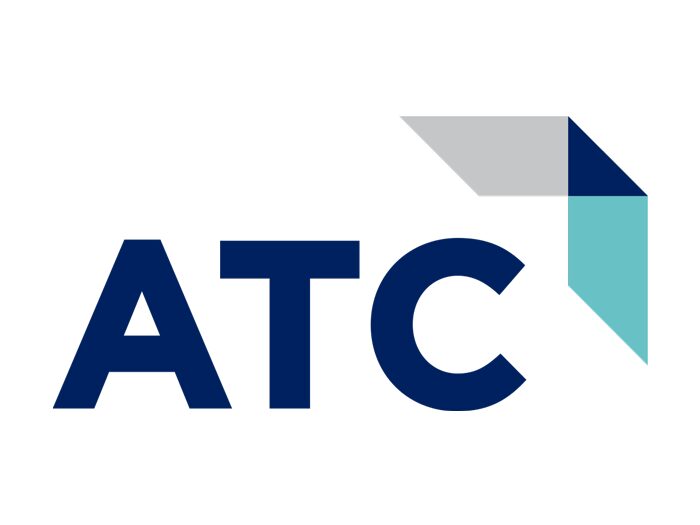
SIP Trunking Goes Mainstream
By Darren DeMartino as published in Business Solutions magazine found here.
Recently, I read an article on Forbes, Adapt or Die: The Dangers of Hanging Onto Legacy Technologies. Although the article was not specific to telecom, it struck a chord with me because it spoke, not just the truth, but the gospel in our world.
As IP-based technologies drive today’s telecom and network transformation, legacy products such as local and long distance PRIs and traditional analog POTS lines are being cast aside, or only marginally supported. In fact, many are just outright being “sunset” by many carriers. Carriers are moving to IP networks to stay relevant and agile, as well as to reduce maintenance costs. As a result, they are providing new offerings to transition to what is often coined as the Next Generation Infrastructure. One such technology is SIP Trunking.
SIP Trunking is not new, but it has quickly moved into the spotlight and taken center stage given its roots in IP and adoption by the major telecom carriers. SIP stands for Session Initial Protocol. SIP is regularly referred to as the imminent replacement for POTS lines and PRIs. SIP connects traditional phone lines used by many businesses through the Internet. It enables companies to reduce costs and simplify IT management by combining voice and Internet access over a single Internet connection using an IP-PBX phone system.
In an increasingly complex technology landscape, SIP can simplify an organization’s voice architecture and deliver savings. With a SIP service, you purchase only the trunks necessary based on the maximum number of concurrent calls your business requires. It also possesses “bursting” capabilities when unexpected, high volumes occur. A legacy PRI forces the purchase of 23 channels whether they are used or not, and are dedicated to a particular location. SIP “paths” can be purchased individually and bundled as an aggregate service across multiple locations.
SIP is best suited for mid-market firms and enterprises that have multiple locations that are geographically spread out.
Three core things to know about SIP:
- It creates a connection from a company’s phone system to the Internet
- A service provider delivers it as an overlay service to existing Internet access (DSL, cable, T1/E1, Ethernet, etc.), and
- It works with an SIP-enabled PBX or with traditional analog systems by adding an integrated access device (IAD).
Why does it reduce costs? It eliminates the need for traditional analog and digital trunk facilities and allows communications to route over existing data connections. Secondly, it consolidates PBX needs by enabling communications across the Internet as easy as the corporate LAN, so a multi-location business can pool its lines (or paths) and need only one centrally located IP-PBX instead of installing separate ones at each site.
Some consider SIP a disruptive technology, yet it is fully baked and ready for prime time.










